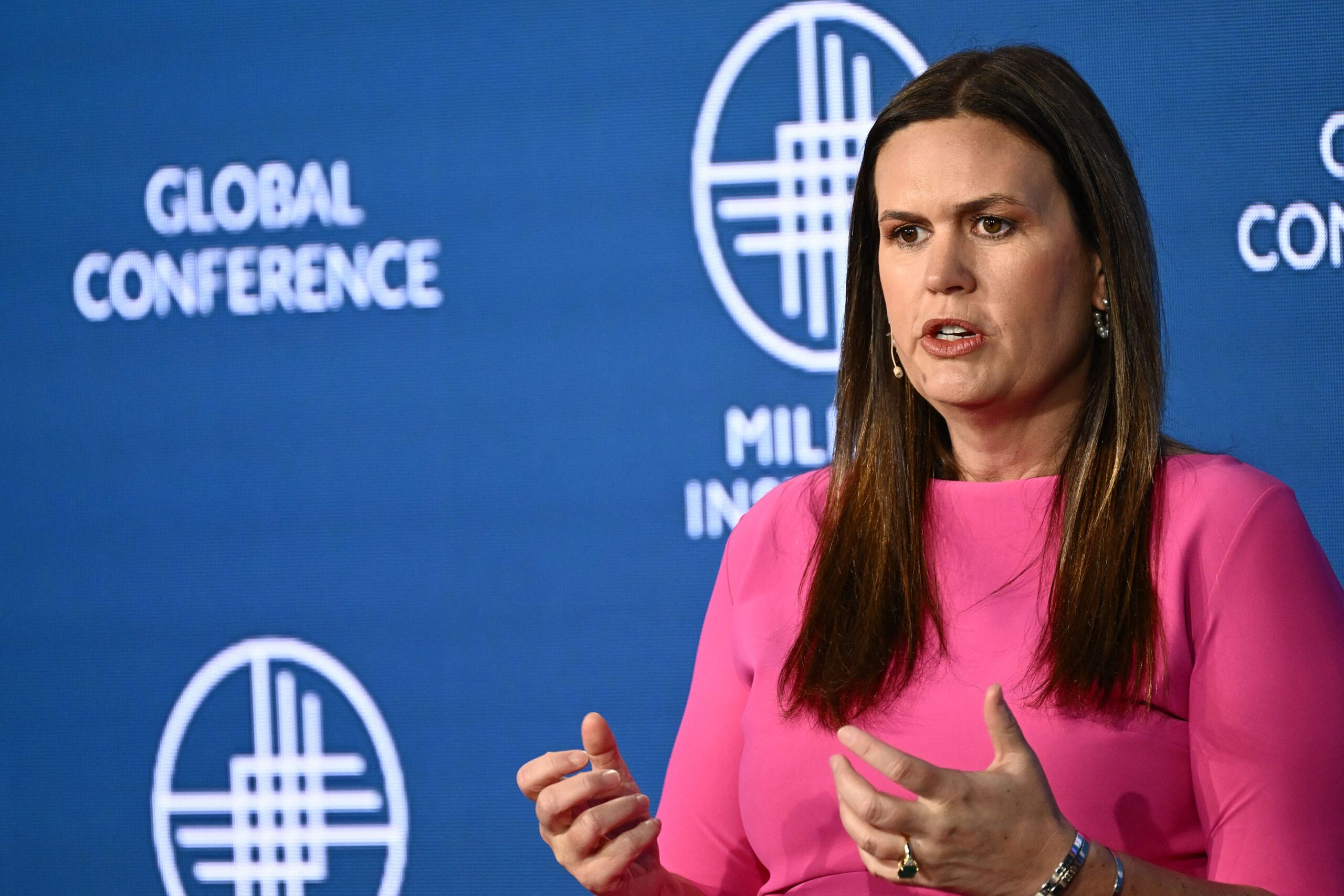Michael Hiltzik
Los Angeles Occasions (TNS)
Thousands and thousands of Individuals might have breathed a sigh of reduction when the federal authorities declared the nationwide pandemic emergency to have ended as of Might 11.
That does not embrace Medicaid advocates and thousands and thousands of Medicaid enrollees, nevertheless. The reason being that the top of the emergency meant the top of guidelines defending these enrollees from shedding their protection for any cause.
Consequently, 15.5 million individuals will the thrown off Medicaid, in keeping with an estimate from the Congressional Finances Workplace. Of that quantity, 6.2 million will develop into uninsured. That could be a conservative determine; the well being care analysis group KFF estimates that as many as 24 million individuals might lose their Medicaid protection.
MORE:Unhoused in York: Jayme lastly has a house of his personal, however his struggles aren’t over
MORE:Noticed lanternflies appeared to vanish, however officers warn: You may see them quickly
MORE:This is an inventory of York County’s first day of faculty dates
Based on the Heart for Kids and Households at Georgetown College, as many as 6.7 million youngsters alone might lose their Medicaid protection, leaving them “at appreciable threat for turning into uninsured for some time period,” the middle says .
“We have been worrying about this for greater than two years,” says Joan Alker, the middle’s govt director. “We predict youngsters to take the most important hit right here. They are not going to have someplace else to go.” That is as a result of lots of the low-income households which can be Medicaid’s core clientele haven’t got entry to employer-sponsored well being protection for youngsters.
The CBO initiatives that the nation’s uninsured fee, which has fallen to eight.3% this yr, will ratchet again as much as 10.4% in 2029.
In stark phrases, the U.S. is changing one public well being disaster — the pandemic — with one other.
What has Medicaid advocates particularly involved is the excessive proportion of enrollees already getting kicked off this system not due to formal determinations of ineligibility (sometimes as a result of their incomes have come to exceed state thresholds) however for “procedural” causes.
These typically contain a failure to finish or submit renewal paperwork. That may occur as a result of the enrollee has moved someday in the previous couple of years and thus by no means acquired a renewal utility, or was confused by the applying or mistook it for spam and ignored or discarded it.
“There are myriad methods the process can go awry,” Alker informed me. The state may be mistaken in figuring out ineligibility. Candidates might have hassle acquiring assist from name facilities by way of overloaded cellphone traces. In lots of states, backlogs in processing renewals can stretch into weeks or months, whereas eligible households battle with uncovered payments. Some might not know they have been disenrolled till they attempt to renew a prescription at a drugstore, solely to be informed their tablets are now not coated.
Since disenrollments started earlier this yr, 73% of disenrollments have been attributable to procedural causes, in keeping with the enrollment and unwinding tracker maintained by KFF, compiled from information from the 32 states which have submitted studies to the federal government. That interprets to 2.72 million out of the three.72 million Medicaid enrollees thrown out of this system as of July 25. An undetermined quantity should be eligible.
Let’s step again for a primer on how this example got here to be.
It began with the Households First Coronavirus Aid Act, signed by President Trump in March 2020 as the primary reduction package deal addressing the pandemic. Among the many act’s provisions was a bump of as much as 6.2% within the federal share of Medicaid prices, to final via the top of the pandemic emergency.
In return for the cash, the states needed to decide to freezing eligibility requirements at pre-pandemic ranges and and to sustaining “steady protection” — they could not disenroll anybody from Medicaid until the enrollee consented or moved out of state.
That put a halt on customary annual eligibility exams that have been written into state guidelines, although typically weakly enforced.
The rule adjustments have been a boon to public well being in the course of the COVID-19 disaster. Enrollment in Medicaid and its Kids’s Well being Insurance coverage Program (CHIP) grew by 21.2 million, or 29.8%, from February 2020 via December 2022, with the caseload growing in each state.
The funds invoice signed by President Joe Biden in December set an expiration date of March 31 for the continual protection provision. States got as much as 14 months after April 1 to finish the method. The nice unwinding was cleared to start.
Each state is grappling with the complexities of turning the clock again on Medicaid. In each state, it is seemingly that tens or a whole lot of 1000’s of enrollees not less than might be tossed out of this system.
Some states are launching that course of with somewhat extra enthusiasm than others. That class consists of Arkansas, the place Republican Gov. Sarah Huckabee Sanders has boasted with nice glee about having launched the unwinding on Might 1. Beneath a state legislation enacted earlier than she took workplace, Arkansas should full disenrollments inside six months, not 14.
“That is the quickest tempo within the nation,” Sanders crowed in an op-ed for the Wall Avenue Journal. “I am proud Arkansas is main the nation in getting again to regular…. As different states finish short-term pandemic measures, they know the place to search for steering.”
Sanders informed a lie about her state’s course of, nevertheless. “We’re merely eradicating ineligible individuals from this system to order assets for many who want them and observe the legislation,” she wrote.
The state’s personal figures contradict her. As of the top of June, in keeping with “unwinding” studies the state submitted to the federal authorities, solely about 35,300 of the 171,025 Arkansans thrown off its Medicaid program misplaced their protection as a result of they have been deemed ineligible.
The remainder — 135,700, or about 80% — have been disenrolled for procedural causes. Some might certainly be ineligible, however clearly the state cannot know that. A couple of-third of the Arkansas disenrollees are youngsters; a lot of them are more likely to nonetheless be eligible, as a result of the revenue limits for youngsters are increased than they’re for adults. Proper off the bat, Arkansas disenrolled 11,000 newborns.
That might not be stunning, as a result of Arkansas has lengthy had a documented hostility to Medicaid. It was the one state to implement work necessities for this system. Its guidelines resulted within the disenrollment of 17,000 Arkansans between 30 and 49 years of age within the first section of the rollout, a toll that was so sudden {that a} federal choose ordered the trouble stopped.
The identical choose blocked a number of different states that have been poised to implement comparable guidelines. The Biden administration rescinded Trump’s approval of Medicaid work necessities in each state shortly after taking workplace.
Arkansas was considered one of 14 states to start out disenrollments in Might. 4 others — Idaho, South Dakota, Oklahoma and New Hampshire — began in April. Twenty states and the District of Columbia began in June and 11, together with California, this month.
The toll is mounting as a result of after three years of steady protection, the relaunch of eligibility testing has created chaos at state Medicaid companies. In California, as my colleague Emily Alpert Reyes studies, 225,000 Californians have been disenrolled, almost 90% for procedural causes, in simply the primary two or three weeks of July.
The determine consists of greater than 34,000 households in Los Angeles County — an estimated 30,000 of which have misplaced protection as a result of their paperwork was not acquired or processed by the county in time. The precise variety of people affected is definite to be a lot increased.
It is honest to say that the eventual finish of the pandemic emergency was at all times pre-ordained, if not its timing. That does not make the chaos afflicting the weak Individuals depending on Medicaid any much less disgraceful.
Medicaid is the nation’s largest well being care program, with a caseload of 93 million. It might not be good, however its worth to beneficiaries is indeniable. Amongst different issues, this system’s enlargement beneath the Reasonably priced Care Act has accounted for one-third to one-quarter of the decline in private chapter filings.
The nation is now poised to stroll again the good points in well being protection that have been achieved throughout a horrifically difficult public well being emergency. Can any rational individual clarify why?



